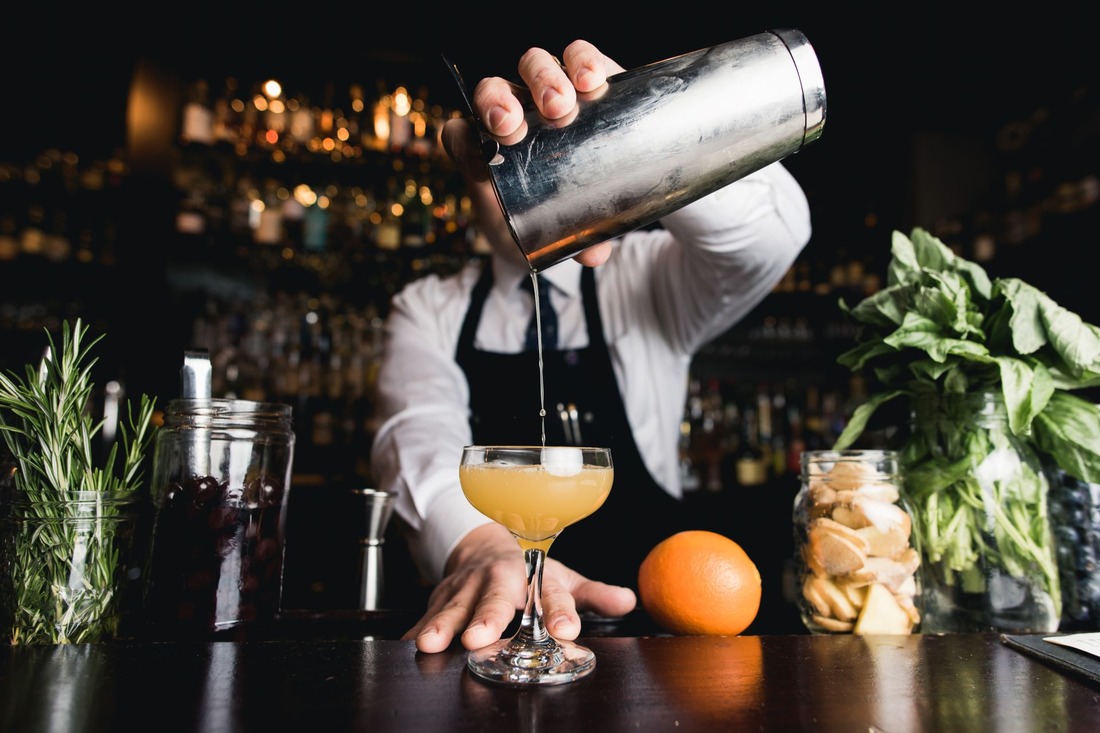Understanding the Basics of Distillation
The essence of crafting premium spirits lies in the intricate process of distillation. This age-old technique is vital for separating and concentrating the components of fermented liquids based on their various boiling points. This method transforms raw ingredients’ humble beginnings into sophisticated mixtures, ready to mature into rich and characterful spirits. Whether producing whiskey, gin, or vodka, distillation forms the backbone of the spirit-making process. It’s fascinating to observe how each type of spirit uses distinct methods, with precision and patience, to produce unique taste profiles that are appreciated worldwide. For instance, visiting a renowned artisan distillery can showcase the marriage of traditional methods with modern refinement, where each bottle is a testament to the craft.
By finely tuning temperature and time, distillers can enhance specific flavors and aromas, creating a delicate balance that defines each spirit’s signature.
Types of Spirits and Their Unique Characteristics
Diving into the world of spirits uncovers many categories, each boasting unique traits. As you traverse the rich spirits landscape, you’ll find distinct flavors, textures, and aromas, each telling its own story. From the smoky, peaty essence of Scotch whiskey to the refreshing botanical notes of gin, every spirit brings something different to the table, attracting different preferences and tastes. This diversity expands our palates and deepens our appreciation for these carefully crafted beverages.
Whiskey
- Bourbon: Characterized by its sweet profile, bourbon harnesses its rich flavors from charred oak barrels, a key aspect of its aging process. The caramel and vanilla notes often associated with bourbon stem from this charred wood, and with a corn-based mash, it gains a unique smoothness that distinguishes it from its counterparts.
- Scotch: Crafted primarily in Scotland, Scotch whiskey features robust smoky flavors, a hallmark derived from the traditional peat fires that malt the barley. This practice imparts depth and complexity to Scotch, making it immensely popular among aficionados. The influence of the Scottish climate and geography further embellishes its flavor, adding individuality to each drop.
Gin
Gin stands out for its intricate botanical blend, with juniper at the forefront. Distillers often have creative freedom, selecting botanicals like citrus peel, coriander, and cardamom to craft a distinctive blend that sets their gin apart. Each brand and type of gin offers a combination of herbs and spices, weaving a tapestry of flavors catering to diverse palates. This versatile spirit is enjoyed independently and is the foundation for many classic cocktails, highlighting its enduring appeal.
Vodka
Celebrated for its purity and smoothness, vodka is often considered a “blank canvas” within the spirits world. This neutrality makes it a highly versatile spirit, suitable for a wide array of cocktails. Typically distilled multiple times to achieve its clean and smooth finish, vodka’s simplicity allows for subtle variations in flavor and character, influenced by the base ingredients used, such as potatoes, wheat, or corn.
Flavor Profiling and Blending Techniques
Spirit creation involves meticulously blending different batches and aged spirits to achieve a harmonious and consistent flavor profile. Distillers craft each bottle precisely using a range of grains, botanicals, and aging techniques. Successful blending captures the spirit’s essence, preserving each ingredient’s uniqueness and creating a complex layer of tastes that define high-quality spirits and enhance the drinking experience for consumers worldwide.
